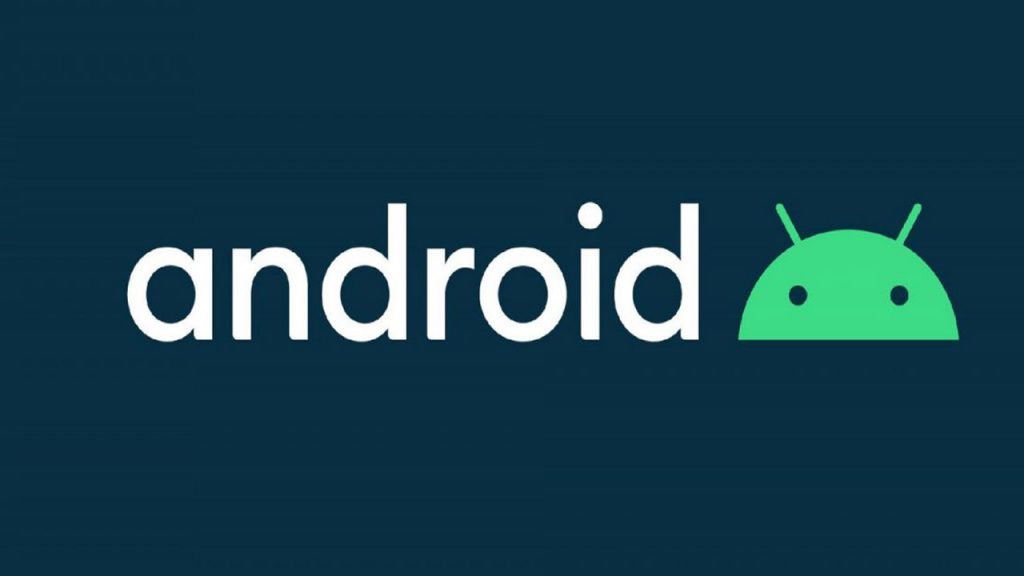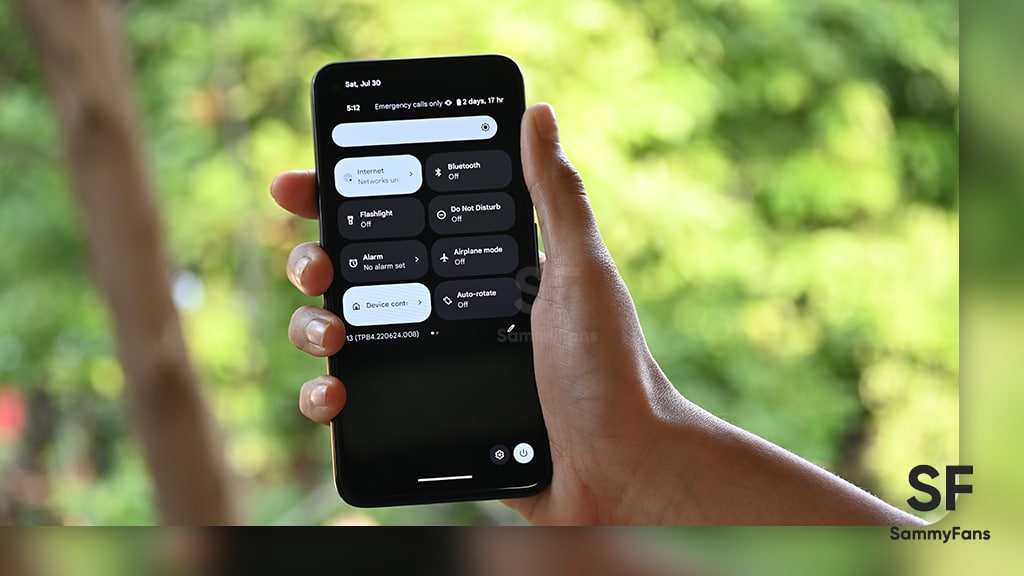
[Confirmed] Exclusive: Samsung Galaxy A52 and Galaxy A72 will get three years of Android updates
March 17, 2021: [Officially Confirmed]
Just two days ago, we’ve exclusively reported that the Galaxy A52 and A72 will get three years of Android upgrades. And now Samsung has officially confirmed that these phones are eligible for three generations of Android updates.
“The Galaxy A52, A52 5G, and A72 will support software upgrades for three generations, and regular security updates for a minimum of four years,” said Samsung.
March 15, 2021:
Back in January 2020, Samsung launched two premium smartphones under its Galaxy A lineup – Galaxy A71 and Galaxy A51. The company ships these devices in 4G or 5G variants as per the country’s network infrastructure. Both of the Galaxy A71 and A51 came pre-installed with the Android 10-based One UI 2.5 and currently running on the latest One UI 3.1 based on Android 11.
On August 5, 2020, the South Korean tech giant introduced the Galaxy Note 20 flagships that exclusively came with Android 10-based One UI 2.5 out of the box. At the same time, the company announced its new Android updates policy and committed to delivering at least three years of major Android upgrades to every flagship smartphone launched with Android 9 Pie or higher.
Surprisingly, Samsung also listed the Galaxy A51 and the Galaxy A71 to deliver three years of Android OS upgrades. However, the OEM also stated that select upcoming Galaxy A series devices will also be eligible for three generations of Android update support. As the leaks and reports suggested, it is clear that Samsung is going to launch the successors of the Galaxy A51 and the Galaxy A71 that will be the Galaxy A52 and the Galaxy A72 this month.
According to our info, Samsung will also deliver at least three generations of Android upgrades support to the upcoming Galaxy A52 and Galaxy A72. As people hold their phones for a long time, the company will surely bring exciting new features and secure protection to the devices already in their hands.
For example, both the Galaxy A52 and Galaxy A72 phones to be launched on March 17 powered by Android 11-based One UI 3.1, to be eligible to get support for three OS upgrades starting with Android 12 (One UI 4.0) to Android 14-based One UI 6.x to give users a refreshing phone experience.

STAY CONNECTED WITH US:
- Join SammyFans on Telegram
- Like SammyFans.com on Facebook
- Follow SammyFans on Twitter
- Get the latest insights through Google News
- Send us tips at – [email protected]
“Samsung is committed to providing the latest Android OS upgrades until the hardware specifications allow us to provide an optimized mobile experience for our users,” said Samsung in a previous event.
It is the first time when the Korean phone maker holding an event to unveil non-flagship smartphones. In detail, the company announced the “Galaxy Awesome Unpacked” event for March 17 and stated to bring something awesome to every user. As per the name of this new event, the Awesome is surely indicates the rising future of the Galaxy A lineup as Samsung is all set to launch mid-rangers through the virtual events.
Read More: Here’s how to watch Samsung Galaxy Awesome Unpacked event

Also Check:
Samsung sets ‘Galaxy Awesome Unpacked’ for March 17, something awesome coming soon
Android
Google unveils Android 16 Developer Preview with exciting features

Google has kicked off the Developer Preview for Android 16, arriving earlier than expected. Usually, these previews begin in February, but Android 16 DP1 is launching three months ahead of schedule this year.
The earlier release of the DP1 is because Google has moved the official Android 16 release from the third quarter to the second quarter of 2025. It aims to ensure that more devices get access to the major Android updates sooner.
Android 16 DP1 is available for several Pixel devices, including the pixel 6, Pixel 6 Pro, Pixel 6a, Pixel 7, Pixel 7 Pro, Pixel 7a, Pixel Tablet, Pixel Fold, Pixel 8, Pixel 8 Pro, Pixel 8a, Pixel 9, Pixel 9 Pro, Pixel 9 Pro XL, and Pixel Pro Fold, as well as the Android Emulator. It can be identified through version BP21.241018.009.
![]()
The Android 16 Developer Preview brings new features for app developers. It brings a system photo picker that will help apps give users a smoother, more integrated way to select photos without needing extra permissions.
Another new feature is Health Connect, which lets apps access and manage medical records in FHIR format, but only with user permission. The update also includes the latest version of the Privacy Sandbox for privacy protection.
This preview program runs from November 2024 until the final public release next year. Android 16 Beta Program will begin in January, with the final stable release expected in Q2 of 2025. Stay tuned for more updates.
Android 16 to make Quick Settings access easier with one-finger swipe
Android
Google’s Android 15 QPR2 Beta 1 update is now available

Google has released the first beta of Android 15 QPR2 for Pixel users. The update can be identified via build version BP11.241025.006. However, users are also waiting for the stable release of Android 15 QPR1 in December this year.
Android 15 QPR2 Beta 1 update comes with the November 2024 security patch. It is available for a wide range of Pixel devices, including Pixel 6, Pixel 6 Pro, Pixel 6a, Pixel 7, Pixel 7 Pro, Pixel 7a, Pixel Tablet, Pixel Fold, Pixel 8, Pixel 8 Pro, Pixel 8a, Pixel 9, Pixel 9 Pro, Pixel 9 Pro XL, and Pixel 9 Pro Fold, as well as the Android Emulator.
Quarterly Platform Releases are updates that bring more noticeable changes and new features compared to the usual monthly bug fixes. These updates are perfect for testing out bigger UI changes or new features that don’t need to wait for a full Android version release.
![]()
The QPR2 Beta 1 is the second major update for Android 15, with the final version expected to launch in March 2025 (via 9to5Google). This update brings the usual bug fixes, security enhancements, and new features to test.
Users participating in the beta program are advised to report any issues via the Android Beta Feedback app, easily accessible through the app drawer or Quick Settings. Install the update now to get an enhanced experience.
Android 16 to make Quick Settings access easier with one-finger swipe
Android
Android 16 to make Quick Settings access easier with one-finger swipe

Google is reportedly going to bring an interesting change with Android 16, which will no longer require two fingers to pull down the Quick Settings panel. Previously, there were concerns that users would need to swipe down with two fingers to bring up the Quick Settings. Fortunately, Google has decided to simplify this process.
With Android 16, accessing the Quick Settings will only require a single-finger swipe down on the right half of the status bar. The one-finger swipe access aligns it more closely similar to other Android manufacturers, like OnePlus and Samsung, have designed their systems.
Several users didn’t like the idea of needing two fingers to swipe down, as it felt more awkward and less convenient. By switching to a single-finger swipe for Android 16, Google will make it easier for users to manage their settings with less effort. A well-known tipster Mishaal Rahman (via Android Authority) spotted the code for this Quick Settings change.

However, the new design still lacks the ability to swipe seamlessly between the notifications and Quick Settings panels. Hopefully, Google will add this feature before the official release.
In addition to the swipe change, Android 16 will introduce resizable Quick Settings tiles and better categorization to help users find specific settings more easily.
However, these features are still being worked on and may not be fully ready in the current beta. They are expected to roll out in the final Android 16 release, which is expected in mid-2025.












